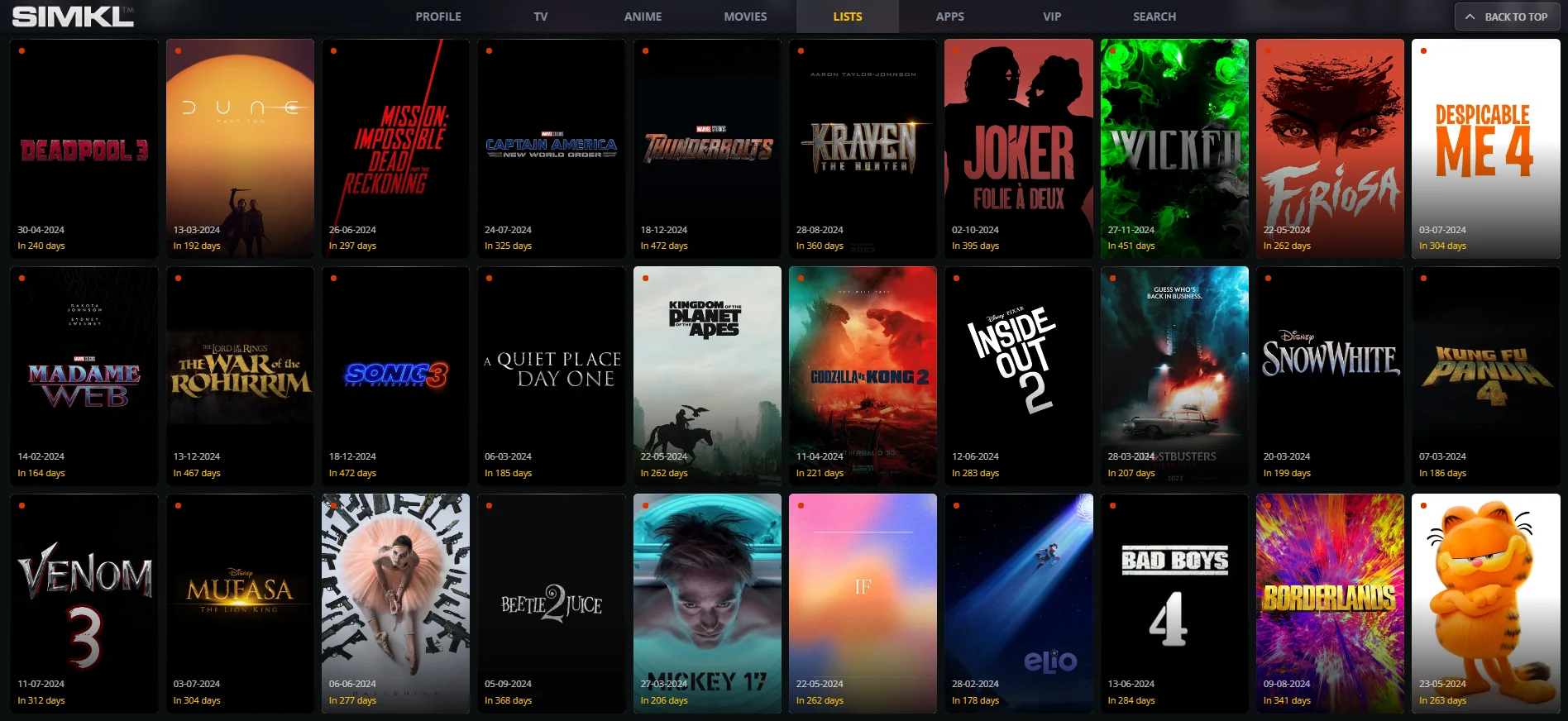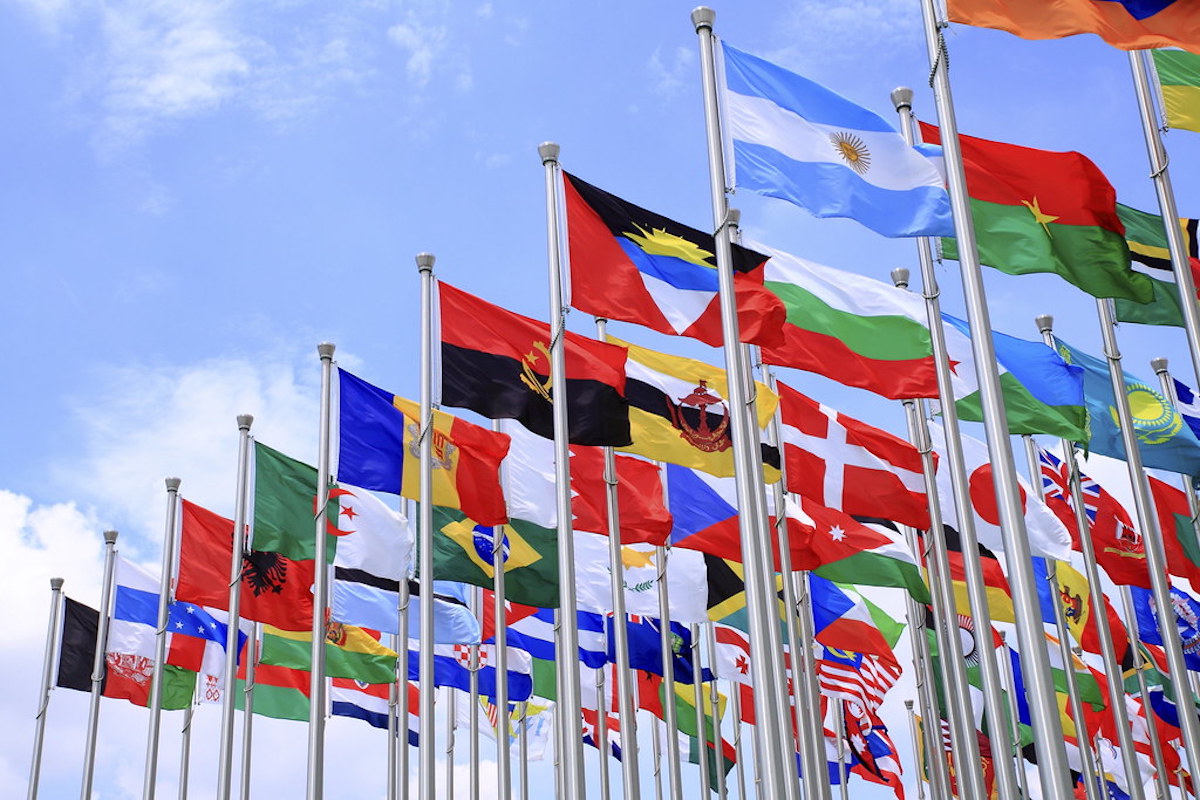The Rise of AI Detector: A Game-Changer in Digital Trust
This is where an AI detector can step in and provide much-needed clarity. By using algorithms that analyze patterns in language, and syntax.

Introduction:
As artificial intelligence continues to evolve, it is reshaping numerous industries—transforming the way we work, communicate, and even think. However, alongside these advancements comes a new challenge: detecting AI-generated content. This is where the concept of the AI detector comes into play, a tool designed to differentiate between human and machine-generated text. In this article, we explore the growing significance of AI detection and its role in maintaining trust and authenticity in an increasingly digital world.
The Need for AI Detectors
The rise of AI technologies has opened up a Pandora’s box of possibilities—and challenges. One of the most pressing issues today is the growing prevalence of AI-generated content, which includes everything from written articles and social media posts to fake news and deepfake videos.
Imagine reading an article online and not knowing whether it was written by a human journalist or a machine. Or seeing a viral video that seems entirely real but was fabricated using AI tools. These scenarios can create confusion and, in some cases, spread misinformation. This is where an AI detector can step in and provide much-needed clarity. By using algorithms that analyze patterns in language, syntax, and structure, AI detection can distinguish between human and machine-generated content.
How AI Detectors Work
At their core, AI detection relies on sophisticated machine learning models that analyze a wide variety of factors to determine whether a piece of content is created by a human or an AI system. These models are trained on vast datasets that include examples of both human and AI-generated text. Through this process, the AI detector learns to identify subtle patterns and characteristics that are common in machine-generated content but less likely to appear in human-written material.
For instance, AI detection often focus on factors such as:
-
Sentence Structure: AI-generated content may exhibit overly complex sentence structures or unnatural phrasing. Humans, on the other hand, tend to write in more varied and natural ways.
-
Repetition and Redundancy: AI systems sometimes generate repetitive content, especially when generating longer passages of text. A good AI detector can spot this tendency and flag it accordingly.
-
Contextual Understanding: While AI systems have come a long way in understanding context, they can still struggle with nuance, irony, or emotional tone. AI detection may highlight text that seems out of place or lacking in emotional depth.
-
Consistency: In some cases, AI-generated content can lack consistency. An AI detection might flag text that shifts tone or style abruptly, something less common in human writing.
Through these methods, AI detection can offer a powerful tool for anyone seeking to verify the authenticity of content—whether for academic purposes, media verification, or ensuring the integrity of online communication.
Applications of AI Detectors
The potential applications of AI detection are vast, ranging from academic integrity to cybersecurity. Below are some of the most important areas where these tools are making a significant impact.
1. Academic Integrity and Plagiarism Detection
One of the biggest concerns in the academic world today is plagiarism, particularly AI-assisted plagiarism. With the rise of AI writing tools like OpenAI’s GPT models, students and researchers can easily generate essays, reports, or research papers without doing the work themselves. This raises ethical questions about the authenticity of academic work.
Educational institutions are increasingly adopting AI detectors to ensure that the work submitted by students is their own and not generated by an AI tool. By scanning submitted papers for signs of machine-generated text, educators can maintain academic integrity and uphold high standards.
2. Media and Journalism
In journalism, the ability to differentiate between human and AI-generated content is critical. AI has the power to churn out news articles at lightning speed, which can be both an asset and a liability. On one hand, AI can help journalists by providing data analysis or drafting initial reports. On the other hand, there is the risk of misinformation or the spread of biased narratives through AI-generated content.
To combat this, media outlets are beginning to use AI detectors to verify the authenticity of the content they publish. By ensuring that the news they report is written by real journalists and not machines, they can help preserve trust with their audiences and avoid the consequences of spreading fake news.
3. Cybersecurity and Fraud Prevention
In the world of cybersecurity, AI detection is being used to prevent fraud and identify malicious activity. Hackers often use AI to generate convincing phishing emails, fake identities, and fraudulent websites. These AI-generated attempts at deception can be difficult to spot by traditional means.
AI detection can help cybersecurity professionals by flagging suspicious content that is likely to be machine-generated. This can include fraudulent emails or fake social media accounts designed to deceive individuals or organizations.
The Ethical Dilemma of AI Detectors
While AI detection offers promising solutions, they also raise ethical questions. The increasing reliance on these tools could create a situation where human creativity and expression are under constant surveillance. If we are too quick to dismiss content as "AI-generated," we may risk stifling innovation or mislabeling legitimate work.
Moreover, AI detection themselves are not foolproof. As AI technologies continue to improve, it is possible that future AI models could bypass current detection methods, making it harder to distinguish between the two. This creates a race between AI developers and AI detector creators, as each side tries to outpace the other.
Looking Ahead: The Future of AI Detectors
The future of AI detection is intertwined with the future of AI itself. As AI systems become more capable, so too will the tools used to detect them. We will likely see more advanced AI detection that relies on multi-faceted analysis, combining text, audio, and visual data to verify content.
Conclusion:
the role of AI detectors will be crucial in maintaining trust and authenticity in our digital lives. They will help us navigate a world where machines and humans coexist and where the distinction between the two is becoming ever more complex. While these tools are not perfect, they represent a significant step toward ensuring that digital content remains transparent, trustworthy, and human-centered.
As we continue to embrace AI technologies, it is essential that we also invest in the tools that allow us to detect and verify them. After all, a world that cannot distinguish between humans and machines is a world where truth itself becomes increasingly difficult to find.
What's Your Reaction?


















